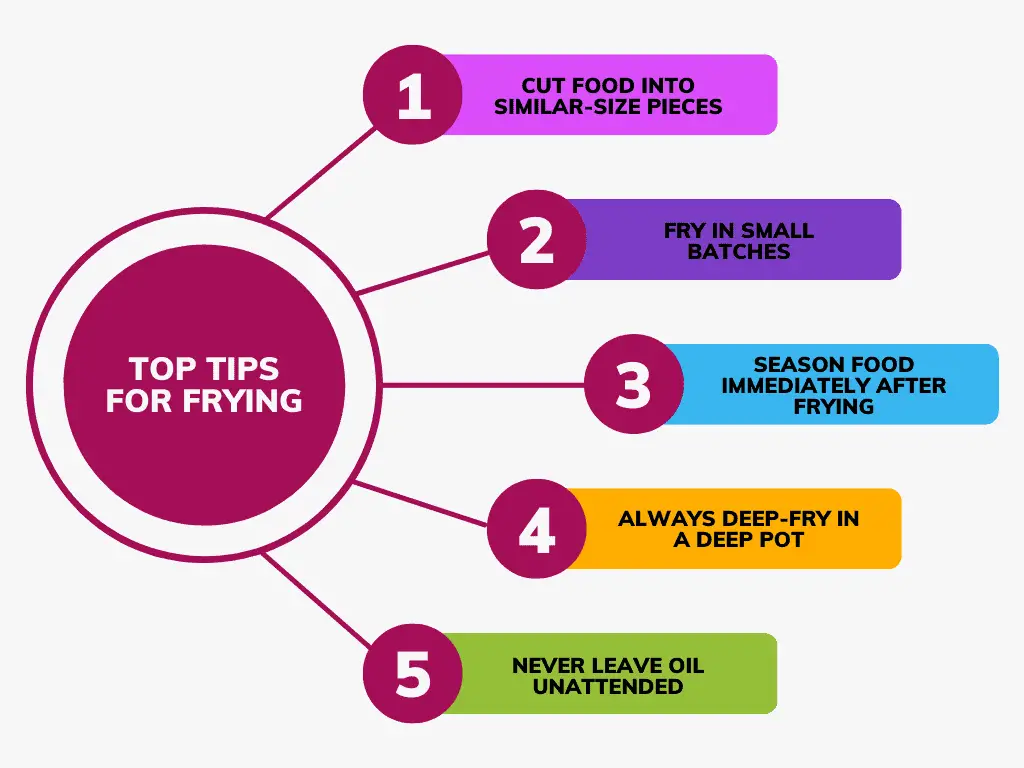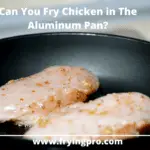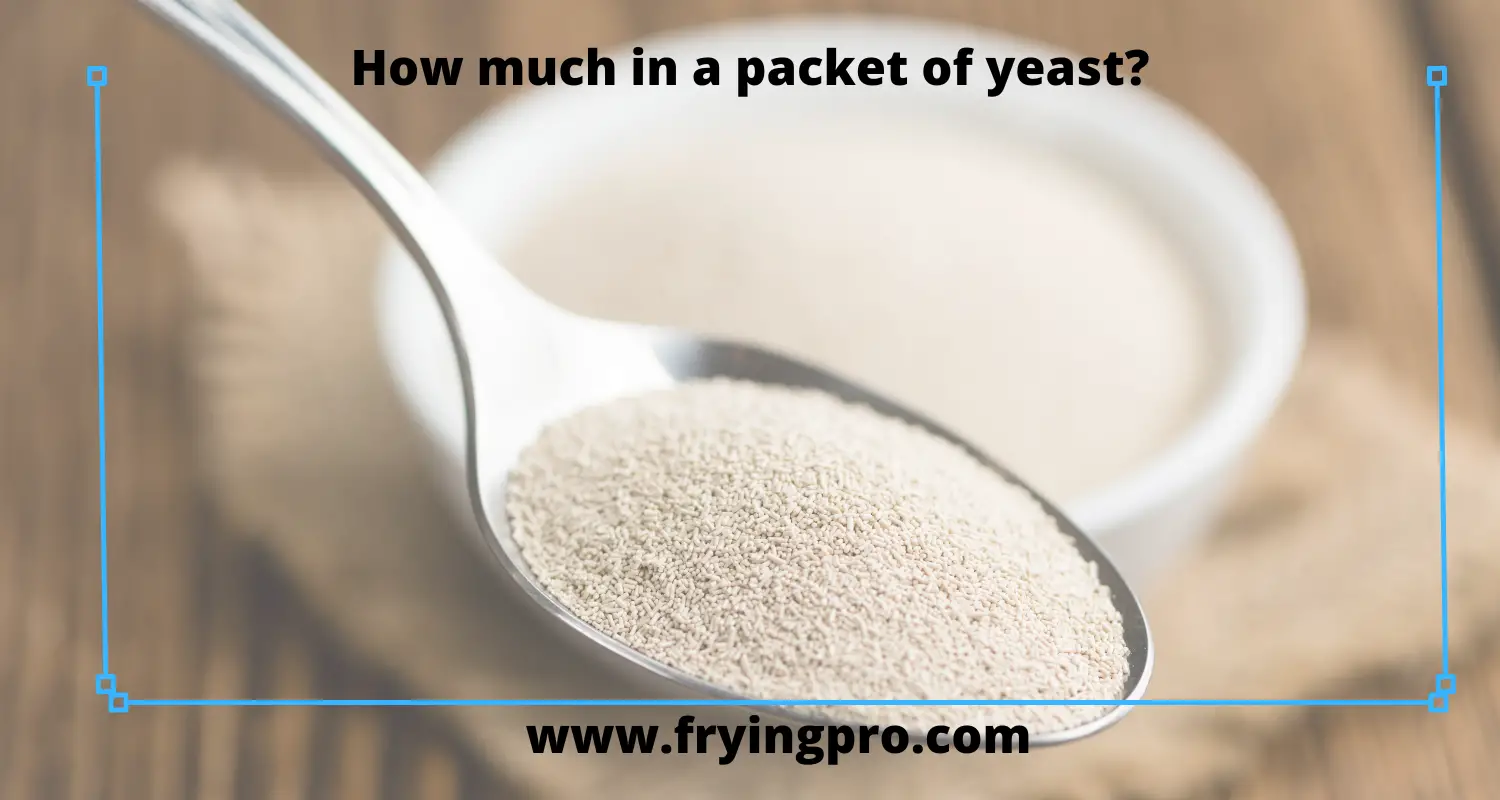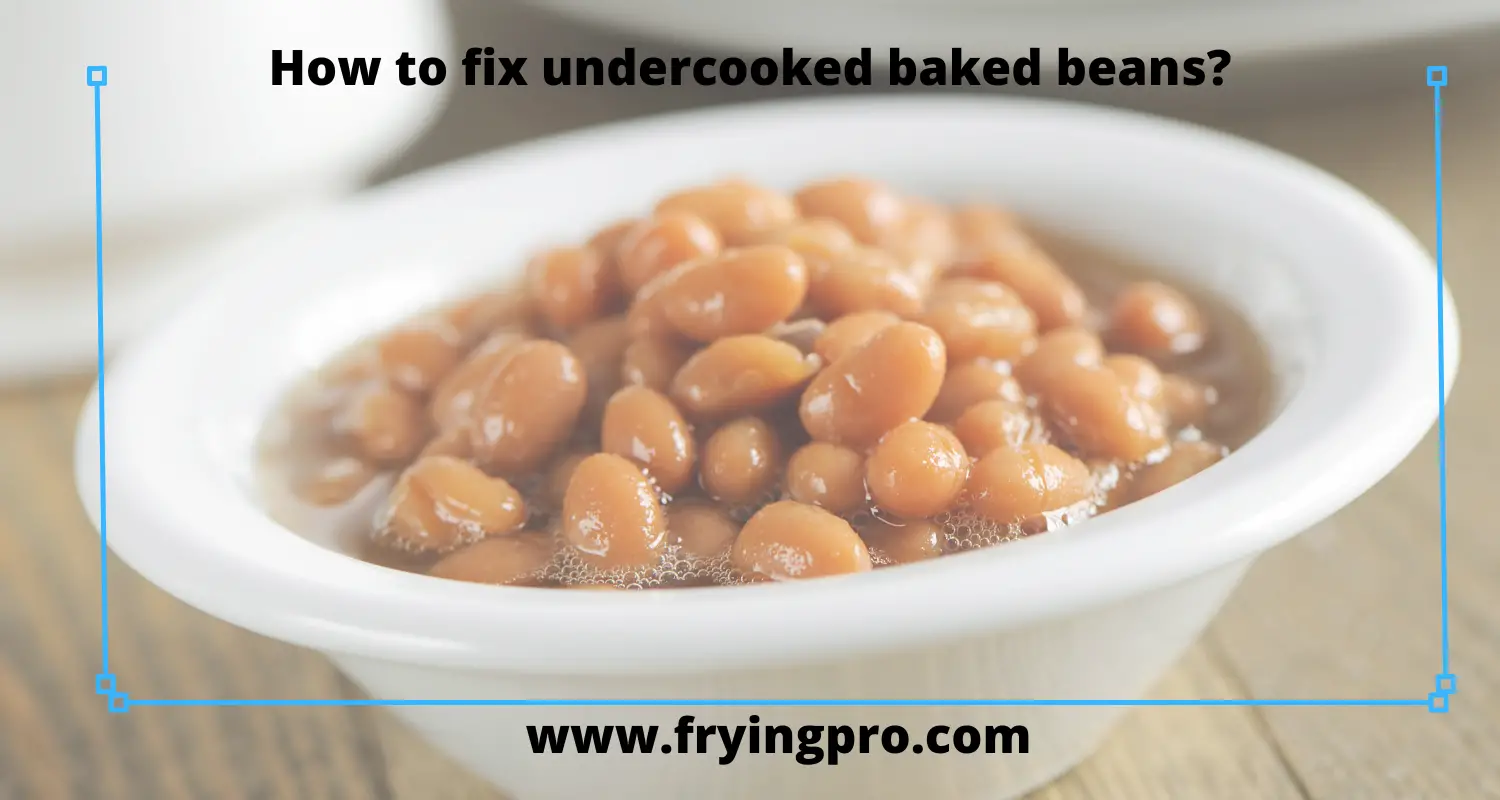Table of Contents
- Why does frying make things crispy?
- Theories about why frying makes things crispy?
- What happens to food items during deep frying?
- What ingredient makes food crispy during deep frying?
- How does temperature affect the crispiness of fried food?
- How does the presence of starch affect the crispiness of fried food?
- Why is frying faster than baking?
- What happens to oil after frying?
- What is the best fat for deep frying?
- Tips for deep frying
- Conclusion
If you’re one of those who love frying every day, you would definitely want to know why does frying make things crispy and how you can make your food even crispier and more delicious the next time you fry.
This article is about an easy-to-understand scientific explanation of why frying makes your food crispier.
Why does frying make things crispy?
Frying makes food crisper due to 3 reasons. First, high temperature (350-375oF) during frying dehydrates the surface, breaking sugars and proteins and making food crispier. Second, a starch barrier is formed between hot oil and food. Starch has amylose and amylopectin (>25%), forming a crispy layer. Third, liquid polyunsaturated fats in frying give food aroma and crispiness.
| Types of starch | Oil | Temperature | Crispiness |
| Corn Starch (25-28% amylose) | Canola | 325-350 oF | Best |
| Rice flour (10-20 % amylose) | Peanut | 375-400 oF | Poor |
| Potato starch (20-22% amylose) | Soybean | 350-375 oF | Medium |
Theories about why frying makes things crispy?
There are several theories about why frying helps to achieve crispiness.
One of them states that the Maillard reaction, a chemical process that occurs when certain types of food are cooked at high temperatures, is what causes fried foods to be crispy.
The Maillard reaction is a reaction between amino acids and reducing sugars. It means that when you fry a leek, onion, or other ingredients, they will caramelize and create compounds called browning agents. These unique compounds will react with other foods giving them a nutty flavor.
Another theory says that oil acts as an airtight barrier for fried food particles, so it seals in moisture inside the food instead of letting it escape through the surface of the food. When moisture escapes from inside the food, it creates steam which helps to make the outside crispy too.
Therefore, using oil as an airtight barrier rather than just an encapsulating agent makes sense from this perspective.
What happens to food items during deep frying?
When you deep fry food in oil, especially fried potatoes and french fries, the oil is heated to a high temperature which vaporizes water from the food, the vaporized water makes it easier for the outside of the food to crisp up.
As soon as the water evaporates, moisture will condense on the cold surface of the food. As soon as that happens, steam is created and will cause the crust to become crispy.
To start this process, it’s important to stir or toss your food with a slotted spoon, so it’s coated with oil before putting it in hot oil.
This step helps to prevent sticking and gives your food more time to cook evenly before becoming wet and mushy.
What ingredient makes food crispy during deep frying?
The main ingredient that makes deep-fried food crispy is the fat used in cooking. The more fat, the more crisp and crunchy it will be. It is important to use oils with a high smoke point for frying. This means the oil’s temperature is not too high, so it will not break down quickly when heated.
Another factor contributing to crispy fried food is the amount of time it takes to fry food and the thickness of each piece.
The more time and thicker the pieces, the less chance for moisture to escape from inside and make steam which will help form a crisp crust on top of food items.
How does temperature affect the crispiness of fried food?
Another factor that affects how crispy fried food is has to do with the temperature. For example, keeping the heat at low temperatures will cause it to cook more slowly and use less oil if you’re frying a hamburger.
This will lead to a less greasy burger that still looks and tastes great. The most common temperature for frying food is 375 degrees Fahrenheit which will take about 3 minutes per side.
If you want your food to be crisp and crunchy without sacrificing too much taste, keep the temperature at 400-425 degrees Fahrenheit, which will take about 2 minutes per side.
How does the presence of starch affect the crispiness of fried food?
Another thing to consider is starch. When you fry foods, the water in the food will start to cook off and form steam. If there is starch present when you fry, it will create a glue that helps to hold on to the fried food, so it doesn’t fall apart.
This is why fried food with higher amounts of starch has more crispiness than those without. Finally, some believe frying creates a chemical reaction that causes crisping.
Remember from the beginning when I said that it’s an airtight barrier? When you fry something at high temperatures creates an airless environment around the food.
This means your food won’t have any contact with its surroundings, so if a chemical reaction occurs, it’ll happen inside your fried food.
There are many different theories about why frying makes foods crispy, but we know that oil has something to do with it!
Why is frying faster than baking?
Baking can take a long time, especially if you’re baking something like bread. It takes a while to heat up the oven and bake the bread. Frying is faster than baking because it requires less time.
The oil will warm up quickly, so you can start frying immediately.
If you want to bake something, you’ll have to wait for the oven to heat up and preheat it first, which can take anywhere from 15 minutes to an hour or more, depending on how powerful your oven is.
In contrast, if you’re frying food like French fries or chicken strips, there’s no waiting involved before you can start cooking–just add the oil and ingredients into a pan and fry away!
What happens to oil after frying?
Oil can be reused in the frying process again and again. It’s essential to use high-quality oil as it will last longer and not become rancid or smoke.
If you don’t have a lot of experience with frying, it might seem like an expensive endeavor to continually buy new oil for each batch of food you fry.
But it is economical considering how many batches of food you can make in one sitting!
What is the best fat for deep frying?
What is the best fat for deep frying? This is a difficult question to answer because there are many different types of fats.
If you’re trying to fry something that requires a high temperature, such as chicken, then a neutral-tasting oil, such as vegetable or canola oil will work best.
For other foods like french fries or onion rings, peanut or corn oil would be good choices.
You should also avoid using animal-based oils like butter or lard because they can leave a rancid taste in your food.
So, it’s best to go with an oil that doesn’t have a strong flavor and has a low smoke point.
Tips for deep frying
Although there are several theories about why frying makes foods crispy, the best tips for deep frying will help you achieve the crispiness you want.
These tips include preheating an area with oil before adding food and keeping cooking times short.
This all depends on how crispy or crunchy you want your food. If you want your food to take on a lighter texture and not be too crunchy, try keeping cooking times short and using lower heat settings.
If you want your fried food to have a more crispy texture without being too crunchy, try preheating an area with oil before adding the food particles.
This will ensure that the cooking time is shorter and that there is no opportunity for moisture to escape from inside the food.
The oil also creates a barrier so that air bubbles don’t escape through the surface during cooking, which means your fried food will have a light crunchiness and not take on any extra weight.

Conclusion
So, why does frying make things crispy? This article has discussed several theories about why frying helps create crispy foods while also providing tips on how people can successfully accomplish deep frying at home.
The most commonly fried foods in the United States are chicken, french fries, and onion rings. When food items are deeply fried, oil is heated to a high temperature, and the food is immersed in the oil.
When oil is heated to a high temperature, it starts to break down, causing chemical changes within the oil.
Happy frying!






